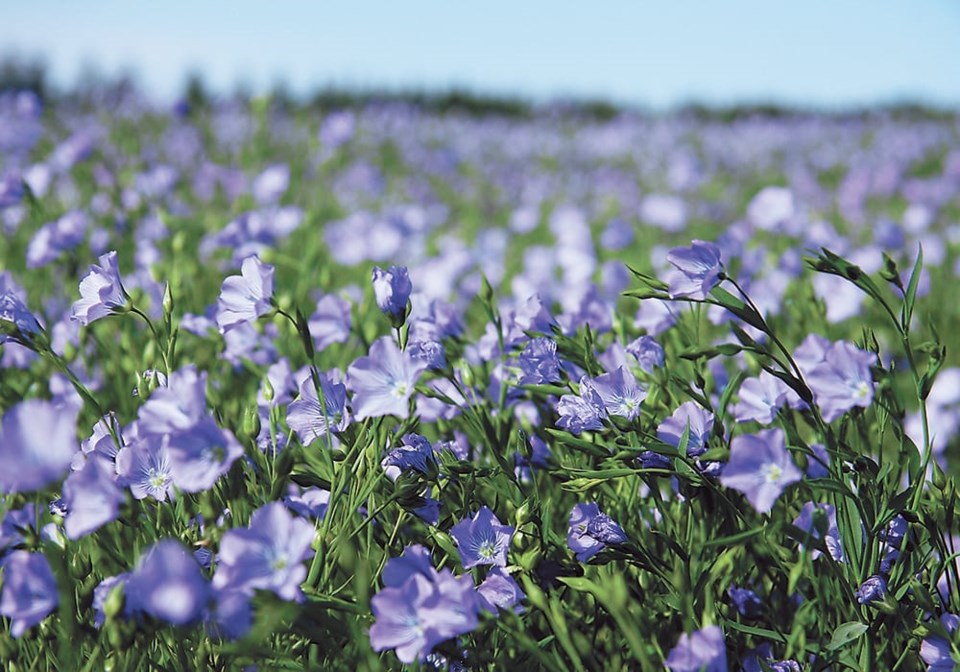Where have all the crop scientists gone?
The Manitoba Crop Alliance asked that question after looking for places to park some of its check-off money. The group wanted to fund research into specialty crops such as flax, corn and sunflowers but couldn’t find scientists to do the work.
Agriculture Canada no longer employs a researcher dedicated to flax and a search for scientists to update sunflower agronomy came up short.
The alliance’s response to this problem was to launch a study that will assess research capacity in the province and identify the people who conduct crop research and the places where they do it. This problem may not be unique to Manitoba, but that’s where the investigation started.
What is causing this research shortage?
An easy answer is the shift from public to private ag research in this country. The federal government has been steadily withdrawing from applied agriculture research, apparently content to do preliminary basic science and then hand findings to the private sector to commercialize.
This arrangement comes with advantages but there are also disadvantages, as seen in this case.
The private sector is more than happy to use research dollars for major crops such as canola, where a sizeable return on investment is all but guaranteed. There is much less appetite for spending on smaller-acreage crops such as flax and sunflowers, thus leading to the problem faced by the Manitoba Crop Alliance.
This is probably a big part of the science deficit, but other questions arise. Is this shortage caused by a lack of research positions, a funding shortage or are fewer people choosing agricultural research as a career?
Here’s another question: if producers can’t find scientists to conduct needed research, will they have to hire their own researchers organized and funded through commodity groups?
Results from the study will be interesting and the alliance should be applauded for tackling this issue. However, it raises a broader observation about the changing role of farmer-led commodity organizations in prairie agriculture.
The Manitoba Crop Alliance was formed through amalgamation of various crop commissions in the province, including wheat, barley, corn, sunflowers and flax. This strength in numbers has given it the clout and financial resources to study issues such as the lack of crop researchers.
It’s part of a recent wider trend as farmer-led commodity organizations take a bigger role in research. It reflects a more mature industry that is willing to take responsibility for itself.
Another example of farmers’ greater role in the industry is the controversy that erupted earlier this year over the Canadian Grain Commission’s plan to align primary and export tolerances for test weight and total foreign material for multiple wheat classes.
The farmer-led Saskatchewan Wheat Development Commission took the lead in opposing this plan, which eventually led the commission to scrap the proposal.
While the crop alliance completes its study into research capacity, we salute these farmers for working together to find solutions to a problem that has serious implications for their industry.
Prairie producers have a long and successful track record of working together to accomplish big things. The once-mighty co-operatives may have faded into history, but the collaborative spirit they embodied clearly lives on.
Karen Briere, Bruce Dyck, Barb Glen, Michael Robin, Robin Booker and Laura Rance collaborate in the writing of Western Producer editorials.
Bookmark SASKTODAY.ca, Saskatchewan's home page, at this link.




